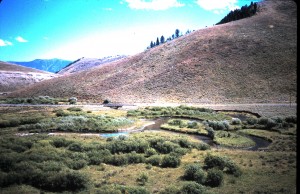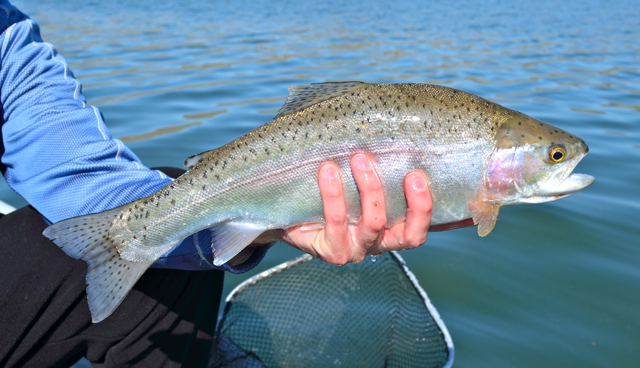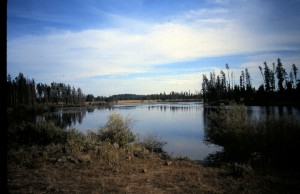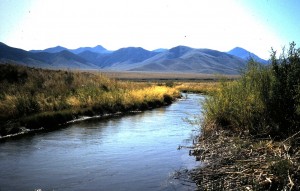Idaho’s Salt River Tributaries
Idaho’s Salt River Tributaries
Extreme eastern Idaho is relatively unknown for many fly-fishers because bypassing the South Fork and such as Big Elk and Palisades creeks is almost impossible to accomplish. If you can “tough out ” passing these great fisheries and head south down US Highway 89 in Star Valley, a selection of great small streams await. All flow east into the Salt River, and each seems to host the same: browns in numbers varying stream to stream and cutthroat in good numbers. In fact, these can be considered cutthroat refuges. Are they Snake River fine spotted or Yellowstone strains? Likely a mixture of both as in other Snake River drainage places. You could enjoy fishing an entire weekend trying your skill on Jackknife, Tincup, Stump and Crow creeks. Tincup Creek is mainly a riffle and run stream paralleled by Idaho State Highway 34. Being close to this main highway it is likely the most heavily fished, but that isn’t saying much compared to pressure on South Fork and Palisades Reservoir tributaries. The other three have county or forest service roads nearby making for easy access. Jackknife, Stump and Crow and their main tributaries are mainly brushy meadow streams. All host beaver ponds of holdover quality that should catch your attention if you seek big trout. The picture above shows Stump Creek just off the Smoky Canyon Road crossing. Note the beaver pond near the center. Not far upstream of this location a fly-fishing friend of mine caught a 27-inch brown a few years back. He sent me a picture, so I have to believe, assuming this was the true location. Stream character in this picture is typical of these three streams. Visiting during the springtime (June into early July) mayfly emergence peak can be very rewarding. All have the usual mayfly arrays emerging including gray and green drakes and PMDs. If action is slow one one stream, another is reasonably close by. Visiting before the mayfly peak after run-off subsides and beaver ponds are repaired, trout foraging for leeches can bring very satisfying action. During summer presenting terrestrial patterns is the best way to find success. Do not let the size of these streams disappoint you because trophy fish reside here. You must be stealthy to the utmost. Or you could come back in the autumn around the end of September when streams remaining connected to the Salt River host run-up brown trout running to sizes respectable in any river. The trick to success at this time is stealth to the point of appearing to be a natural piece of the surroundings is key. Stump and Crow creeks would be your best bets to encounter these run-ups ranging up to near six pounds. Are you getting into the Tenkara presentation technique that is proven so effective for small waters? You could not ask for a better location for trying it than on these streams. And almost anywhere you try these streams you will solitude to appreciate .




